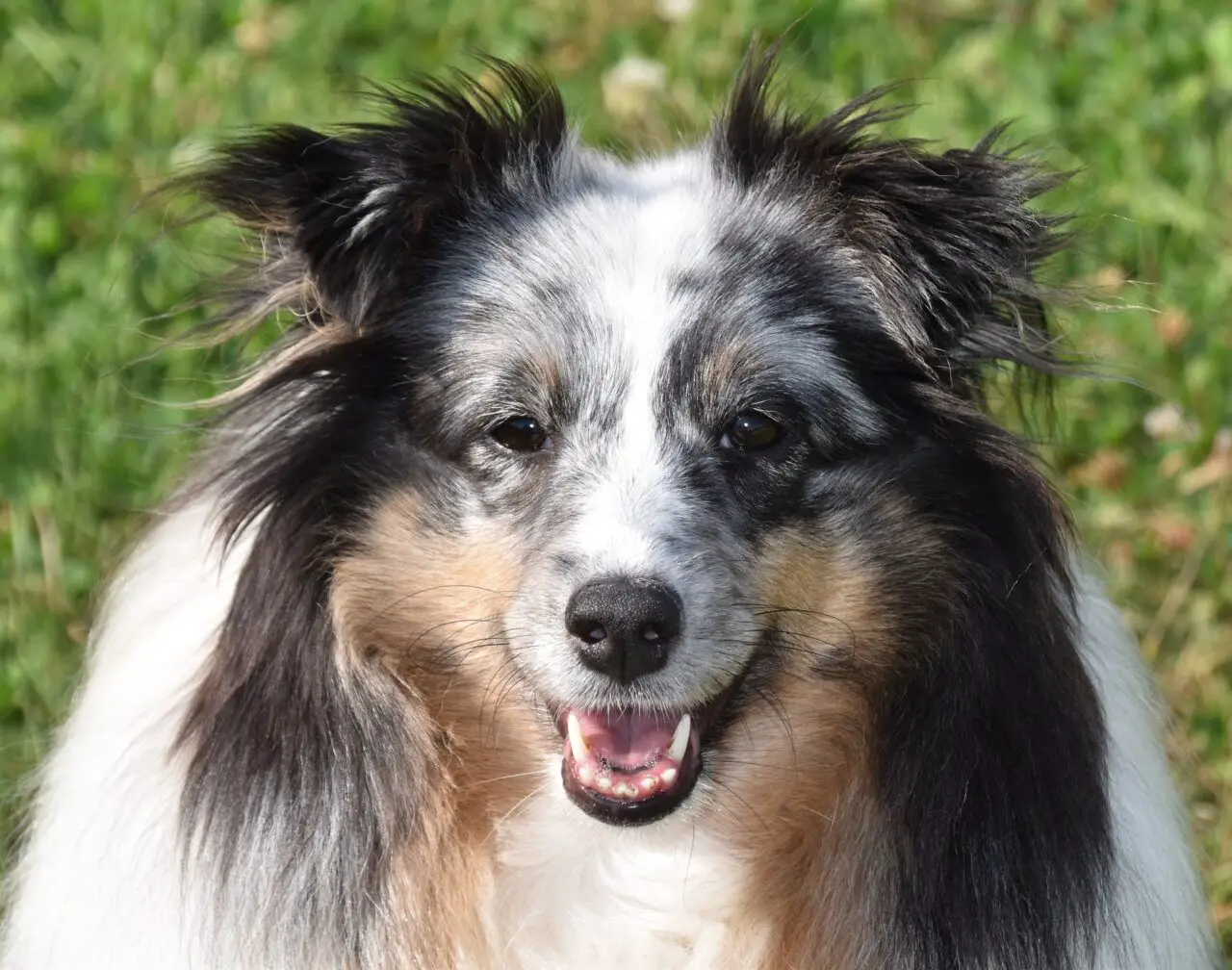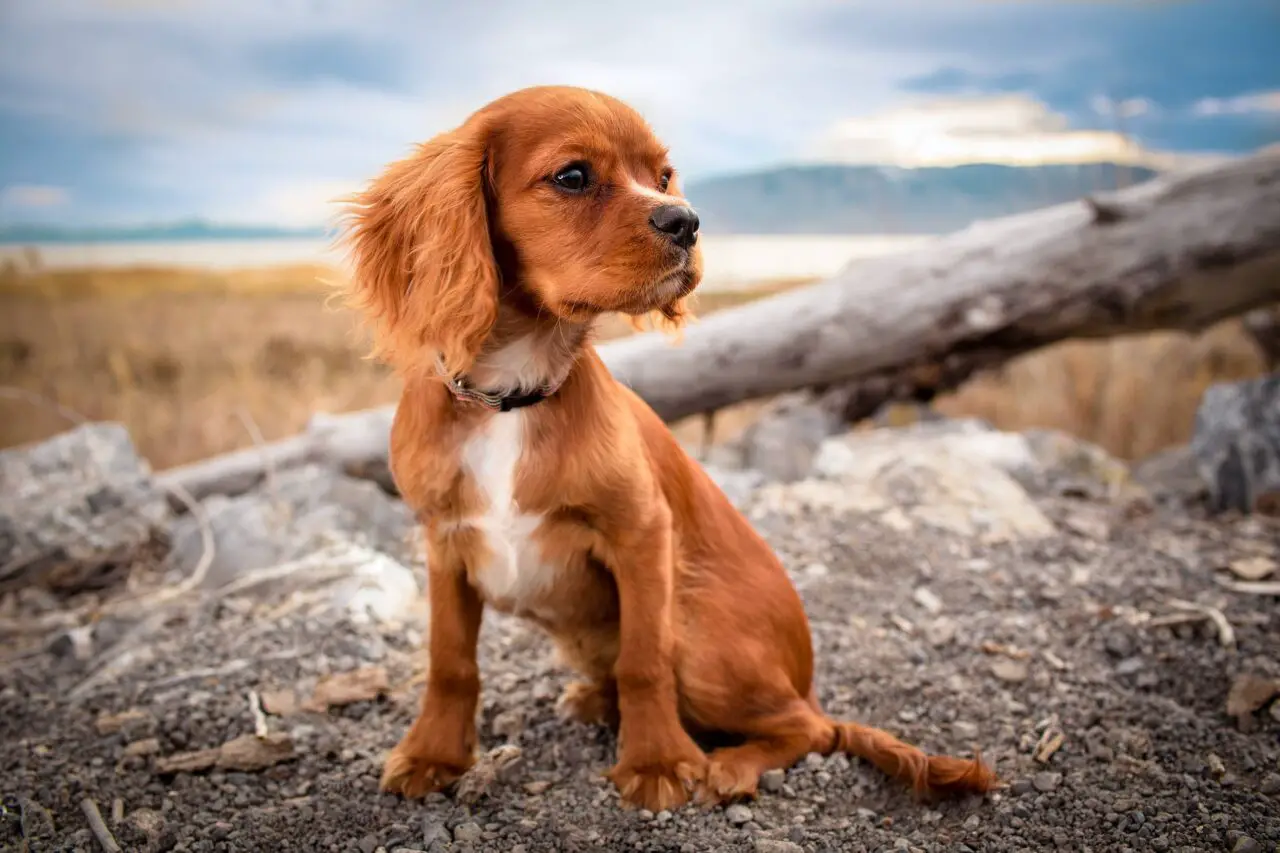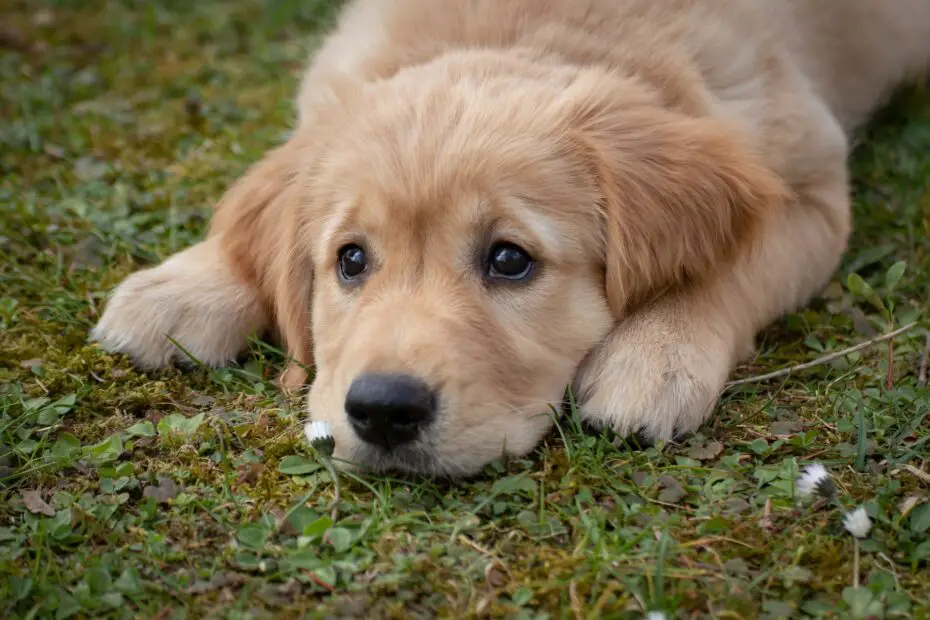Doggie grooming is not just about making your furry friend look fabulous; it plays a vital role in their overall well-being. Regular grooming is essential for maintaining a dog’s hygiene, health, and appearance. In this article, we will explore the importance of doggie grooming and provide practical tips to ensure a positive grooming experience for both you and your beloved canine companion.
You may also want to know if dogs can use cat litter boxes.
Introduction
As a dog owner, you understand the joy and responsibility that comes with caring for your furry friend. Grooming is an integral part of responsible dog ownership. It goes beyond aesthetics and serves as a proactive approach to maintaining their health, hygiene, and overall happiness.
Benefits of Regular Grooming
Regular grooming offers a multitude of benefits for dogs. Beyond keeping them clean and fresh-smelling, doggie grooming helps prevent skin issues, removes loose hair, promotes healthy coat growth, and allows for early detection of any health concerns. It is also an excellent opportunity to bond with your dog and establish a trusting relationship.
Basic Doggie Grooming Practices
Basic doggie grooming practices form the foundation of a well-groomed dog. These practices include brushing their coat, regular bathing, and nail trimming. Brushing helps remove loose hair, prevent matting, and distribute natural oils for a healthy coat. Bathing helps remove dirt, allergens, and parasites while keeping their skin clean and free from infections. Nail trimming is essential to prevent overgrowth and discomfort.
Specialized Grooming Techniques
Certain doggie grooming techniques require specialized knowledge and skills. These include haircuts, ear cleaning, and dental care. Haircuts help manage the length and style of your dog’s coat, keeping them comfortable and preventing matting. Regular ear cleaning helps prevent ear infections and ensures good ear health. Dental care, such as brushing or providing dental chews, promotes oral hygiene and prevents dental diseases.

Understanding Different Coat Types
Different dog breeds have various coat types, each with unique doggie grooming requirements. Understanding your dog’s coat type is crucial to provide appropriate grooming care. Dogs with long, silky coats may require daily brushing to prevent tangling and matting, while those with short, smooth coats may benefit from weekly brushing to remove loose hair. Additionally, dogs with double coats, such as Huskies or Golden Retrievers, require special attention during shedding seasons to remove dead undercoat effectively.
Grooming Tools and Supplies
To ensure effective doggie grooming, it’s important to have the right tools and supplies. Essential items include a quality brush or comb suitable for your dog’s coat type, dog-friendly shampoo and conditioner, nail clippers or a grinder, ear cleaning solution, and a toothbrush and toothpaste specifically designed for dogs. Having these items readily available will make the grooming process more efficient and enjoyable.
Grooming Tips for Specific Breeds
Different dog breeds have specific grooming requirements due to variations in coat texture, length, and density. For example, Poodles require regular haircuts to maintain their distinctive look, while breeds with wrinkled skin, like Bulldogs, need extra care to keep their skin folds clean and dry. Researching and understanding your dog’s breed-specific grooming needs will ensure their coat and skin remain healthy and beautiful.
Dealing with Shedding
Shedding is a natural process for most dogs, and managing it effectively is a common grooming challenge. Regular brushing helps remove loose hair and minimizes shedding in the home. Additionally, using deshedding tools, such as grooming gloves or undercoat rakes, can help remove excess hair and reduce shedding. Proper nutrition and regular bathing can also contribute to a healthy coat and reduced shedding.
Grooming for Skin and Coat Health
Grooming plays a crucial role in maintaining your dog’s skin and coat health. Regular brushing stimulates blood circulation, distributes natural oils, and helps prevent skin issues. Bathing with appropriate shampoos and conditioners suited for your dog’s skin type can keep their coat clean, moisturized, and free from irritants. It’s important to choose grooming products that are specifically formulated for dogs and avoid using human products that may be harmful to their skin.
Grooming Safety Precautions
When grooming your dog, it’s essential to prioritize their safety and well-being. Take precautions to ensure a safe grooming environment, such as using non-slip mats in the bathing area, securing your dog during grooming to prevent accidents, and using gentle handling techniques. Pay attention to your dog’s body language and provide breaks if they show signs of stress or discomfort.
Grooming at Home vs. Professional Grooming
Deciding whether to groom your dog at home or seek professional grooming services depends on various factors. Grooming at home allows for a more intimate bond with your dog, saves money in the long run, and provides the opportunity for regular monitoring of their health. Professional grooming can be beneficial for dogs with specific grooming needs, intricate haircuts, or for owners who prefer to leave the grooming to the experts.

Creating a Positive Grooming Experience
Grooming can be a positive and enjoyable experience for both you and your dog. Here are some tips to create a stress-free grooming routine:
- Start early: Introduce grooming to your dog from a young age to help them become familiar and comfortable with the process.
- Take it slow: Gradually introduce each grooming step, allowing your dog to adjust and build trust. Reward them with treats and praise for their cooperation.
- Use positive reinforcement: Associate grooming with positive experiences by providing rewards, such as treats or playtime, during and after each session.
- Make it a bonding time: Engage in gentle petting, soothing words, and massage while grooming to strengthen the bond between you and your dog.
- Use calming techniques: If your dog is anxious during grooming, try using calming aids, such as aromatherapy or calming music, to create a relaxing environment.
- Break it down: If your dog becomes overwhelmed, break the grooming session into shorter, manageable periods to prevent stress or frustration.
- Seek professional help if needed: If you encounter difficulties or have specific grooming needs, consider consulting a professional groomer who can provide guidance and assistance.
Handling Common Grooming Challenges
Grooming may present some challenges along the way, but with patience and the right approach, they can be overcome:
- Matting and tangles: Regular brushing and detangling spray can help prevent and address matting. For severe cases, consult a professional groomer who can safely remove mats without causing discomfort.
- Behavioral issues: If your dog displays fear or aggression during grooming, consult a professional behaviorist or trainer for guidance on how to address and manage these issues effectively.
- Sensitive skin: Dogs with sensitive skin may require special grooming products or a gentle grooming approach. Choose hypoallergenic shampoos and conditioners and consult your veterinarian for specific recommendations.
- Paw and nail sensitivity: Gradually introduce your dog to paw handling and nail trimming, using positive reinforcement and rewards. If needed, seek the assistance of a professional groomer or veterinarian for nail trimming.
- Ear care: Take care when cleaning your dog’s ears to avoid injury. Use a veterinarian-recommended ear cleaning solution and gently wipe the outer ear without inserting anything into the ear canal.
Grooming Accessories and Products
Having the right accessories and grooming products can greatly enhance the grooming experience:
- Brushes and combs: Choose brushes and combs appropriate for your dog’s coat type, such as slicker brushes for removing tangles and bristle brushes for smooth coats.
- Shampoos and conditioners: Opt for high-quality, dog-specific shampoos and conditioners that suit your dog’s skin and coat needs, such as moisturizing formulas for dry skin or hypoallergenic options for sensitive dogs.
- Nail clippers or grinders: Invest in quality nail clippers or a grinder designed for dogs. Familiarize yourself with the proper technique or seek professional help for nail trimming if you are uncertain.
- Ear cleaning solution: Use a veterinarian-recommended ear cleaning solution to keep your dog’s ears clean and free from buildup or infections.
- Toothbrush and toothpaste: Maintain your dog’s dental health with a toothbrush and toothpaste formulated for dogs. Regular brushing can help prevent dental issues and maintain fresh breath.
Conclusion
Regular doggie grooming is more than just a cosmetic routine; it is a fundamental part of responsible pet ownership. By providing your furry friend with proper grooming care, you not only ensure their health, hygiene, and appearance but also strengthen the bond between you. Embrace the grooming process as an opportunity to show your love and care for your dog, helping them look and feel their best. With the right knowledge, tools, and approach, you can make grooming a positive and enjoyable experience for both you and your canine companion. From basic practices like brushing and bathing to specialized techniques such as haircuts and dental care, each grooming step contributes to your dog’s overall well-being.
Remember to consider your dog’s specific breed, coat type, and individual needs when determining the grooming routine that works best for them. Be patient, use positive reinforcement, and create a calming environment to ensure a stress-free grooming experience. If you encounter challenges or need guidance, don’t hesitate to seek professional help from groomers, trainers, or veterinarians who specialize in grooming.
By prioritizing doggie grooming, you are investing in your dog’s health, happiness, and longevity. So grab your brushes, shampoos, and nail clippers, and embark on this rewarding journey of keeping your furry friend clean, healthy, and beautiful.
FAQs
- How often should I groom my dog? The frequency of grooming depends on various factors such as your dog’s breed, coat type, and lifestyle. Generally, dogs with longer hair or those prone to matting may require more frequent grooming, while dogs with shorter coats may need less frequent grooming. Regular brushing, nail trimming, and ear cleaning should be done as needed.
- Can I groom my dog if they have sensitive skin? Yes, you can groom your dog with sensitive skin, but it’s important to use gentle grooming products specifically formulated for sensitive skin. Avoid harsh chemicals and opt for hypoallergenic shampoos and conditioners. If your dog’s skin condition persists or worsens, consult your veterinarian for further guidance.
- Are there any specific shampoos I should use for my dog’s coat type? Yes, different coat types may benefit from specific shampoos. For example, dogs with dry skin may benefit from moisturizing or oatmeal-based shampoos, while dogs with oily coats may benefit from clarifying shampoos. Consult your veterinarian or a professional groomer for recommendations based on your dog’s specific coat type and needs.
- Should I trim my dog’s nails myself or seek professional help? Nail trimming can be done at home if you feel comfortable and confident in doing so. However, if you are unsure or if your dog has dark or thick nails, it may be safer to seek professional help. Professional groomers or veterinarians have the expertise and tools to trim nails properly without causing discomfort or injury.
- Can grooming help prevent fleas and ticks? Grooming plays a role in preventing and detecting fleas and ticks, but it should not be relied upon as the sole method of prevention. Regular grooming can help you spot signs of infestation and remove ticks or fleas found on the coat. However, using preventive measures such as flea and tick treatments recommended by your veterinarian is crucial to effectively control these parasites.
